Cymbeline interview with Michael Journath
Previously unreleased DIY homemade psychedelia by Cymbeline from Sweden. Formed in the industrial town of Norrköping in the mid 1960s, Cymbeline (also known as Motala Ström and W&J) only released a 45 in 1971 before breaking up. During their existence, the band recorded a lot of interesting material. 40 years later, Guerssen issued their ‘lost’ material on vinyl!
Cymbeline formed in the industrial town of Norrköping. What influenced you to start a project? It basically was a project of two guys (Michael Journath and Anders Weyde) experimenting …
I would like to say something deep and thoughtful here but I can’t, because the reason for forming Cymbeline was Arthur Smith Boogie. Anders Weyde from local band Scarlet Ribbons joined my band The Rovers as a guest. Guess it was in the springtime of 1965. After playing some songs from the standard repertoire, like “House Of The Rising Sun” (everybody had to play it), “Needles And Pins” and some more, an older guy in the audience shouted “Shadoogie”. I started playing it, true Hank Marvin style, Anders joined with some fills and then took the lead, playing Arthur Smith Boogie. This lead to something like 20 minutes of boogie improvisations, Anders and me having a great time, everybody else including the band was probably bored to death.
But the two of us found out we worked very well together and decided to meet some days later to see what might come out of it. Soon we knew that almost all music styles we tried worked fine. Playing together we used two guitars or bass and guitar, sometimes piano. But just playing becomes a bit limited when you only are two. Anders was already the proud owner of two Tandberg tape recorders and a simple mixer, so we started to record what we did, adding whatever instruments we could use. Home recording was considered to be a great thing in Norrköping. There was another guy, recording a lot of the bands in the town, and the results were stunningly good. His name is Michael B. Tretow, he became a recording technician in Stockholm and later “The fifth ABBA”.
What was the first song you ever composed?
I think it was a little pop song called “She Always Hated Me”. I wrote it together with The Rovers keyboard player Ralph Thunander and it was clearly inspired by The Searchers with high pitched vocal harmonies and a little returning figure on the lead guitar. The lyrics were, as everybody can understand by the songs title, very deep, analyzing and with an underlying message, I think we should have been awarded the Nobel Price, not Dylan…
How did you decide to use the name “Cymbeline”?
I don’t remember, but the name came in a hurry. In the beginning, we called “the band” W&J Project. Nobody understood what it meant or what we said. I think “Cymbeline” was born just before a live gig, there had to be a band name in the advertisement. I remember another name story, the group The Tigers from Norrköping, were in a similar situation and had to come up with a band name. One of the guys looked inside his jacket where he read “made by Tiger”, so he said “The Tigers”. They still use the name and they are still active, all members are between 75 and 80 years old now…
What was the writing and arranging process like?
The first recordings – still unreleased (and they will stay unreleased) were planned with written lyrics and carefully arranged. But we skipped that pretty soon. The first track on the Cymbeline album, “Third Image” is a good example of that. Anders was playing a bass line and I joined in, we played for some minutes and Anders said: “Wait, I’ll start the tape recorder.”
We played it again and when it was recorded I said some drums would be fine.
Anders, always playing drums on our recordings, had broken one of his drum sticks and he only had a pair. So the drumming in this recording is Anders, playing the backside of an armchair using his hands. After that, Anders meant it was time for some vocals and I said: “We have no lyrics”…
Anders said: “Lyrics, who cares about lyrics, sing something!”
I did. Still don’t know what I sung.
I played some guitar here and there after that, while Anders did his best to alter the sound using the mixer while I played. After that, Anders decided that his father’s electric drink mixer would be an invaluable addition to the sound of this recording. So we added the drink mixer…
Was there any other bands from your town?
Norrköping was more or less overcrowded with rock and pop bands in the sixties. It was an industrial town, and not a very big one, population 90,000.
You could play football or you could play guitar, there wasn’t much more to do. I guess the town was a kind of miniature Liverpool, with the difference that none of the bands from Norrköping made it big. A lot of the bands got record contracts, but no hits appeared.
Some bands made a decent living playing and The Tigers started touring in east Europe, followed by The Mixers and The Tramps. Visit thetigers.se and see the black/white video from 1964, The Tigers & Jane Swärd performing in TV from Leipzig in Eastern Germany.
What influenced the band’s sound?
It’s hard to say, because Anders and I came from two different cover bands, his band played a lot of Animals’ songs and had rhythm and blues influences. My band was an instrumental group from the beginning, but changed very fast to pop, playing a lot of Searchers, Beatles, Hollies and Dave Clark Five’s songs.
Lars Hygrell, joining us in the early days was a singer/songwriter. He wrote “Look at the Stars” featured on the album, I would say the song was folk in his early version, but the recording led to a different sound, influenced by The Yardbirds.
Cymbeline (left Anders, middle Michael, right Ulf)
To Anders and me, Jimi Hendrix became a major influence.
What’s the story behind your “New York” / “Sixth Image” single?
The single was a result of f Ulf Ryberg joining the group as new lead singer, and “New York” was one of his self-penned songs, “Sixth Image” was a result of me and Anders collaborating and there is an earlier, very different version of it, unreleased so far. The single was released by progressive record company MNW in Stockholm. But we recorded both songs in Anders’ now powerful home studio. The first recording of New York was ditched by MNV, great tune but too sweet, too nice sounding and with the drums too low in the mix. So we went back home and redid it. The second version was accepted. It is, according to the record company, the first single released in Sweden on colored vinyl. The photo on the inner sleeve of the album doesn’t tell the whole truth, in reality the record is colored in a painfully green color, mixed with bright yellow. On the turntable, it creates a visual effect that makes you look away, or feel sick.
Please share your recollections of the sessions.
There is not much to remember, it was just standard recording work for us at the time. I remember playing a part of the riff in the refrain wrong, and I wanted to do another take, but Ulf and Anders said the mistake was excellent, so it’s still there. I also remember starting a parodic version of Maori pop vocalist Jay Epai’s “Putti Putti”, sung in mock up Hawaiian. We joined him on drums and bass. What Ulf and I didn’t know, was that Anders had started a tape recorder before he sat down behind the drums. The recording is easily described – it was awful.
What was the turning point in your life when you wanted to discover new sounds and possibilities? Would love if you can share some details about recording stuff from the nature etc.
Recording of sounds from nature and sounds you can hear in daily life started with the”Images”. In all six more or less experimental songs, three of them are featured on the album. It started with seagulls, because we wanted the sound of seagulls in a song. But the sixties was, I think, a constant search for new sounds for every band – to create a typical sound for the band. This lead to a search after new sounds from instruments traditionally never used in pop or rock music. The sitar is one example. We used what we could come up with, recording the drink mixer I mentioned earlier, a refuse chute, and gigantic carpet roll with a microphone placed in one end, rhythmic stepping on grovel, playing a grand piano leaning over it using a guitar pick directly on the strings, a broken TV set dropped from the fourth floor into the pavement below and of course water sound from a stream in the woods. The TV set was a huge disappointment, we could have cracked a walnut instead, and it would have sounded the same.
Michael Journath
Guerssen released a really nice compilation of unreleased recordings. Would you share your insight on the albums’ tracks?
Guerssen have made their choice from a time span of six years. Much happened musically during these years and it of course happened to us too. “Look at the Stars” and “Imagination” are songs from the early years, so are the three “Images”, as well as the two covers “Mary Anne” and “Vinden viskar Mary”.
All these are recorded using Tandberg recorders, a tiny mixer and including whatever we could use as effects. From mid-67 it’s a new, more professional than semi-professional studio, this changed both the sound and the conditions. Suddenly, we could do a lot more and we changed from English lyrics to Swedish lyrics. “Strax Nedanför Tornen” och “Stolta Vingar II” is recorded at Europafilm Studio in Stockholm, both are as close as you can come to “live” in a studio.
Were you inspired by psychoactive substances like LSD at the time? What’s your opinion about it?
I have heard variations of this question many times;
“What had you smoked when you recorded this?”
The simple answer is – absolutely nothing.
We, like almost everybody else, tried a variety of drugs during the sixties, but it never influenced our recordings. There are some live gigs we would have been better off without, but in the studio, the most potent drug was coffee. Most of these recordings are done in late evenings or in the middle of the night. And when you finally do the mix at 3 in the night, coffee is a must.
What are some of your favorite memories from Cymbeline and the 60s/70s in general?
A contest – yes, definitely! A club in the town had “Norrköping got talent” arrangement. We found it a little bit ridiculous, and decided to give them something they hadn’t seen or heard before, so we teamed up with some other musicians, formed a band, found a stupid band name and started rehearsing. The idea was to do something worse than “Crazy World off Arthur Brown”. Some friends listened to the rehearsals and said our performance would definitely be the end of the talent contest. They were right, but not in the way we had hoped for. Someone probably told the club owner what was coming. When the day for our GREAT performance came, we had a phone call, everything was canceled, no more talent shows. But I still remember the rehearsals, we had hilarious fun.
What were some of your favorite bands? Were you familiar with other bands from your country?
There is really only one answer to that – The Beatles. I started – as a lot of other guitar players – with “Apache” and Hank Marvin. That changed after some years, but Hanks was the one that lit the fire. Later, it was of course Jimi Hendrix and then my all-time favorite guitarist, Roy Buchanan. But The Beatles is the number one band since I heard “Please Please Me” the first time.
Is there still any unreleased material?
Yes, there is. And some of it might be possible to release, but most of it should stay as it is – unheard.
Michael Journath
Thank you for taking your time. Last word is yours.
Big thanks to Guerssen Records, making it possible to release “Cymbeline 1965 – 1971”. The planned release for the Cymbeline album was 1972, but it was delayed – 45 years…
– Klemen Breznikar
© Copyright http://www.psychedelicbabymag.com/2018
Array



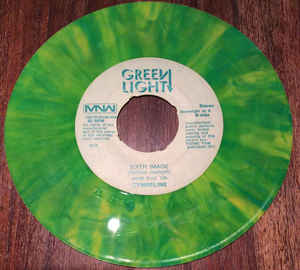



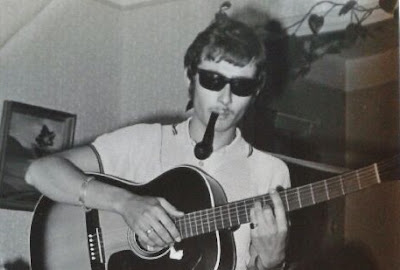
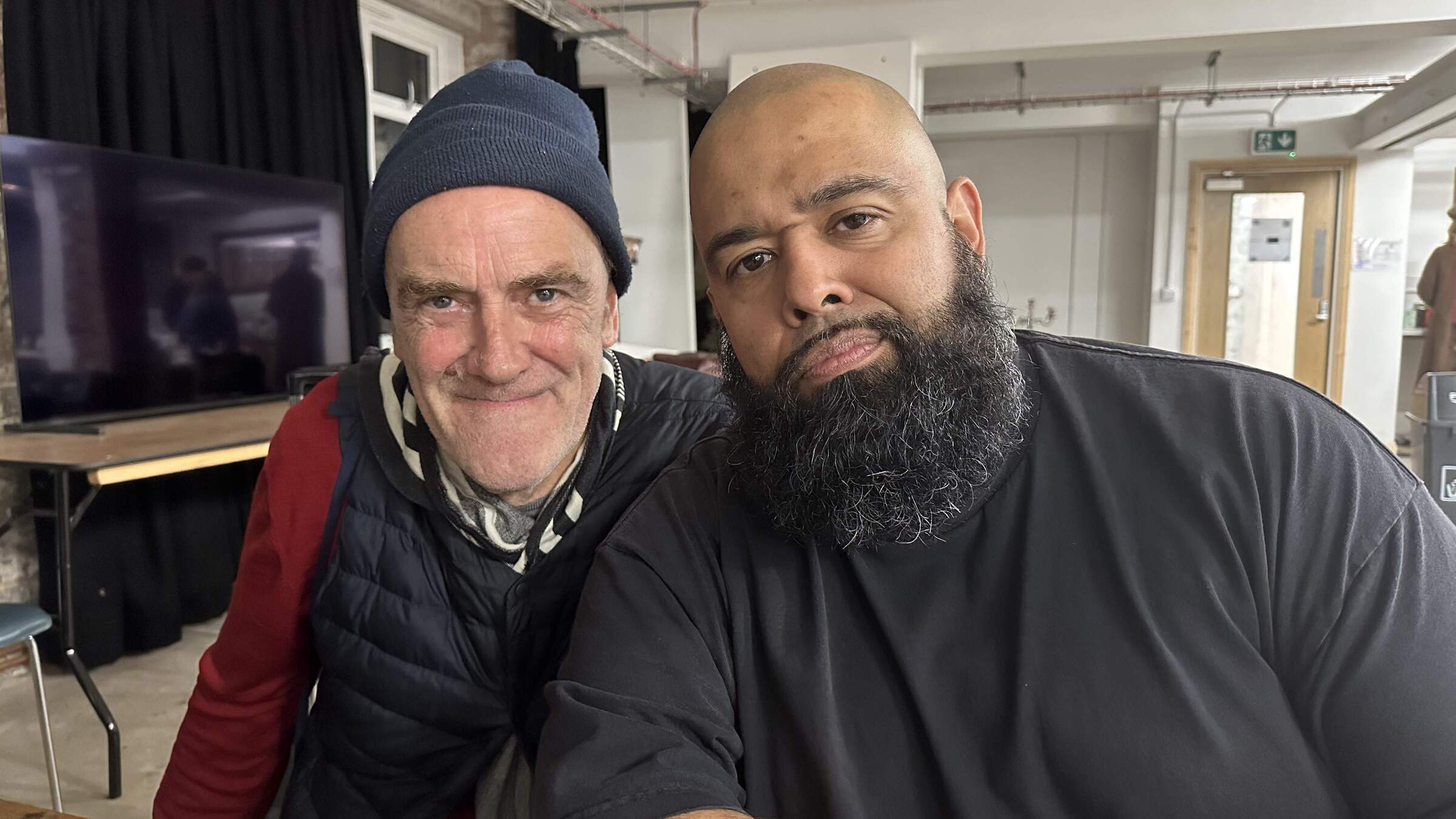
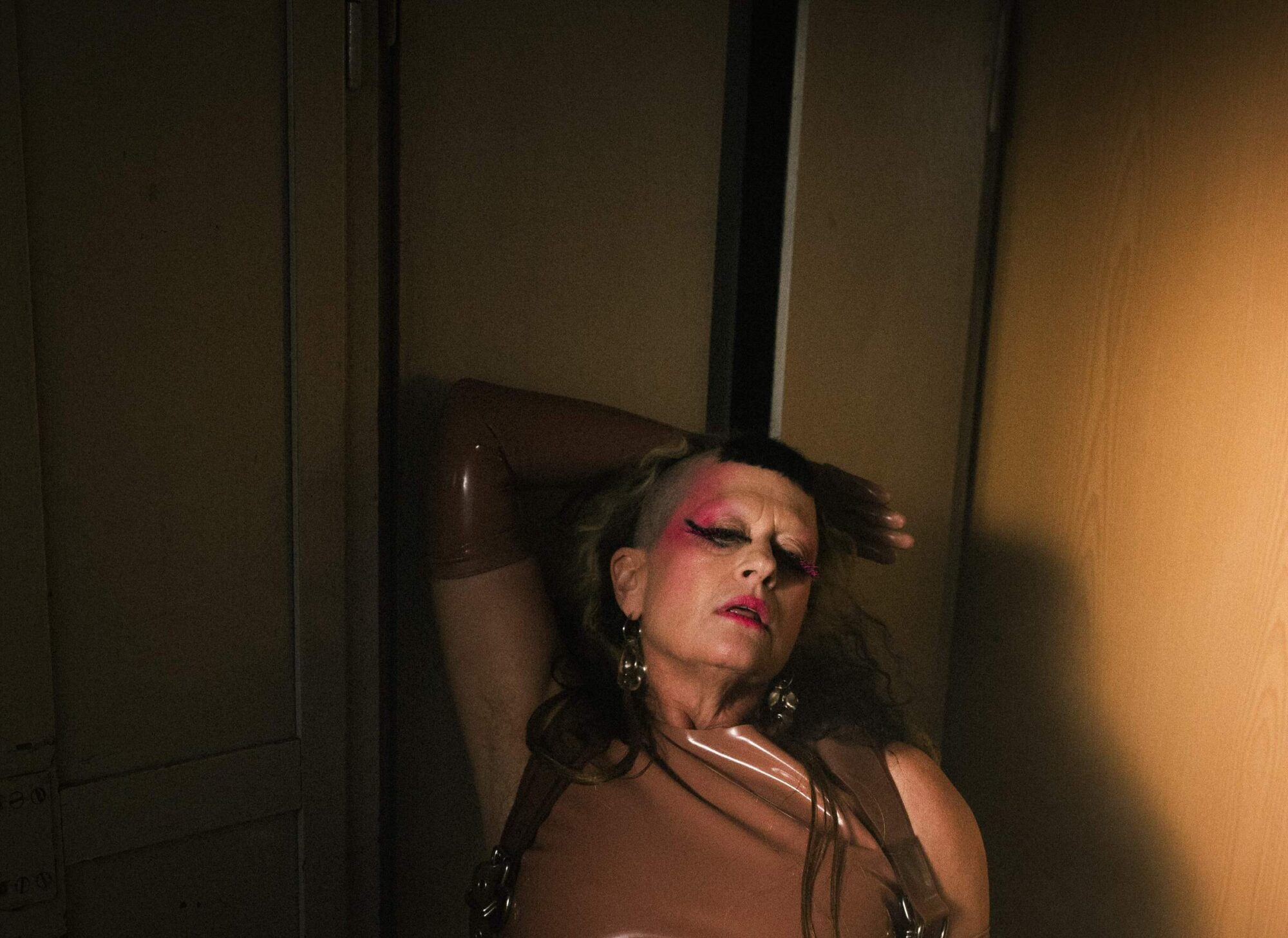
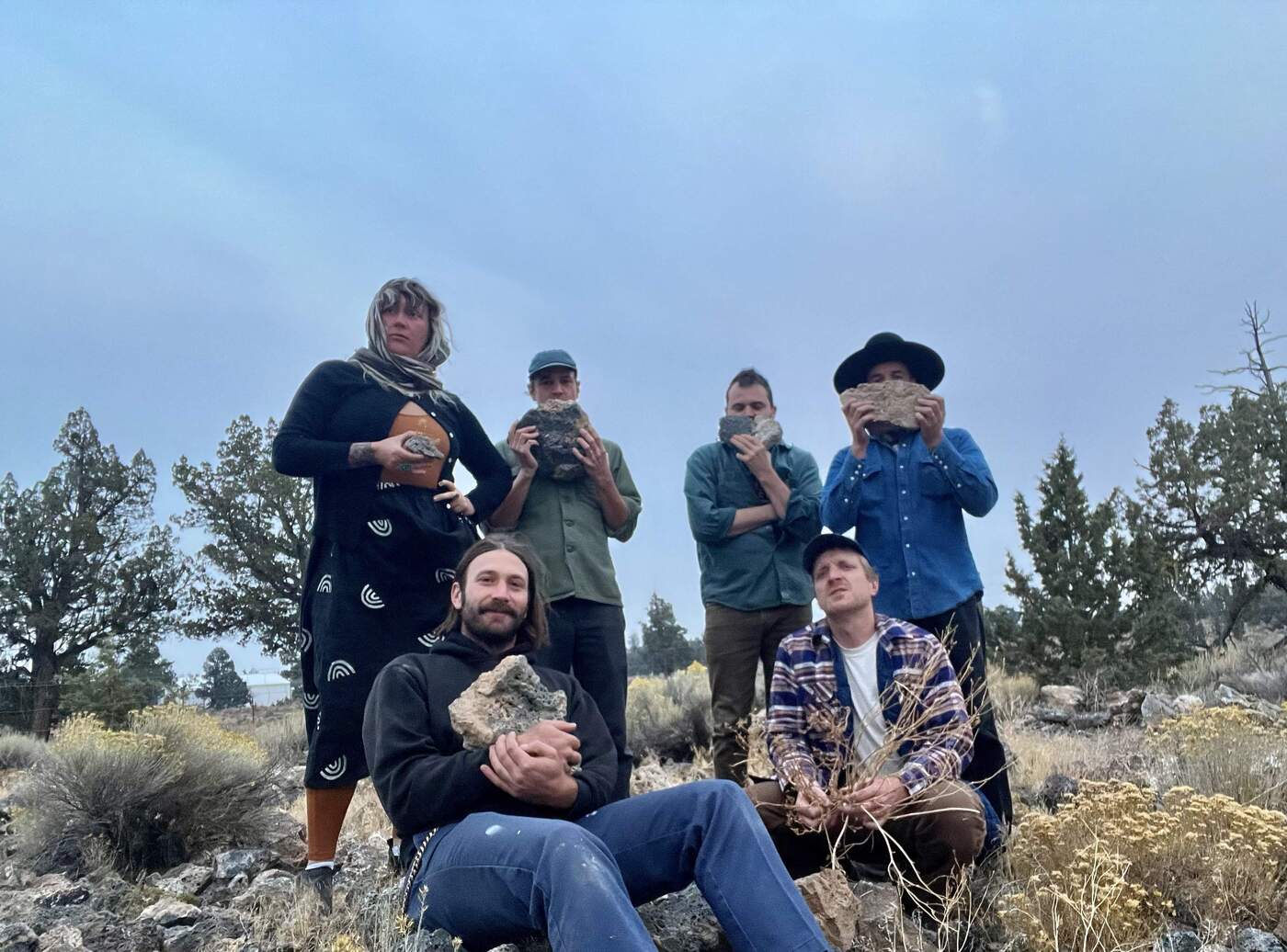
Nice interview, Michael's good humor and reminiscences are nice. Good to discover another obscure band from Rock's glory days.